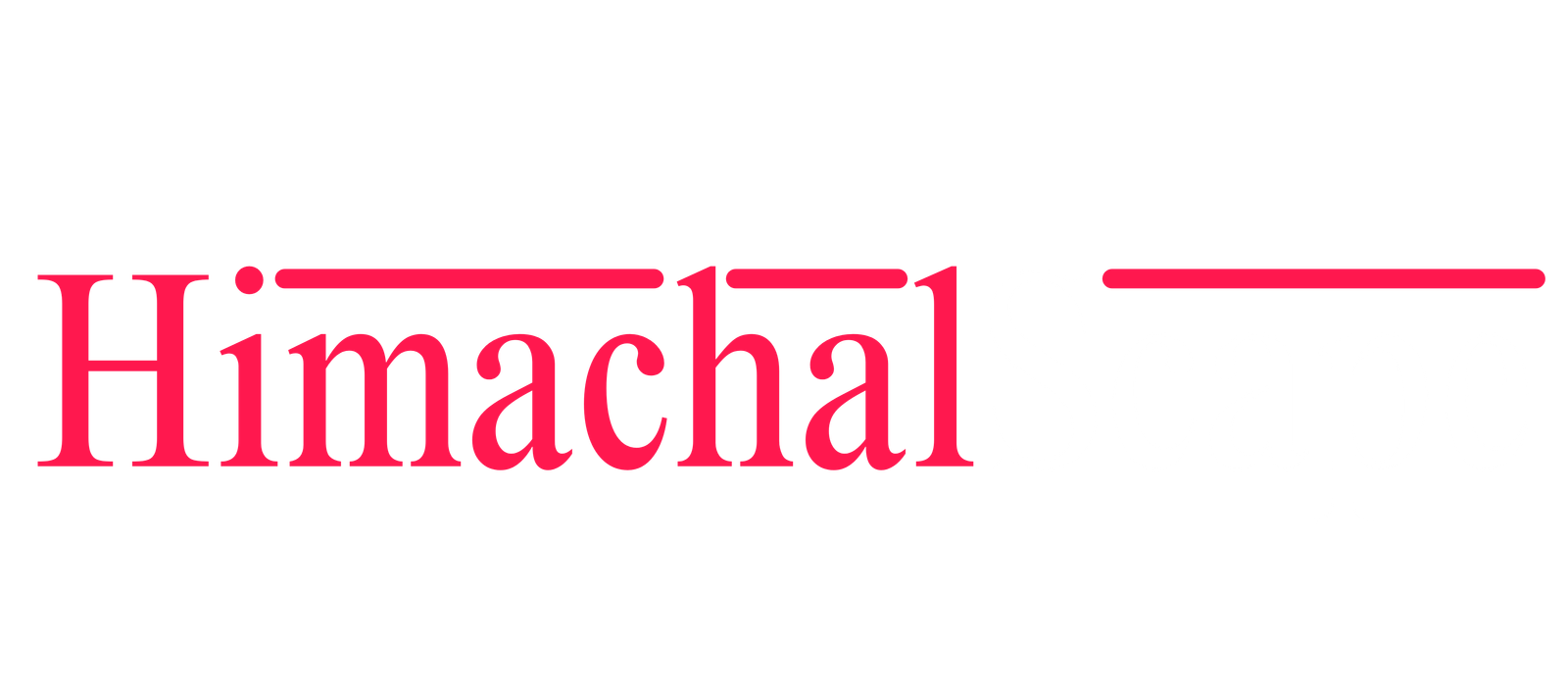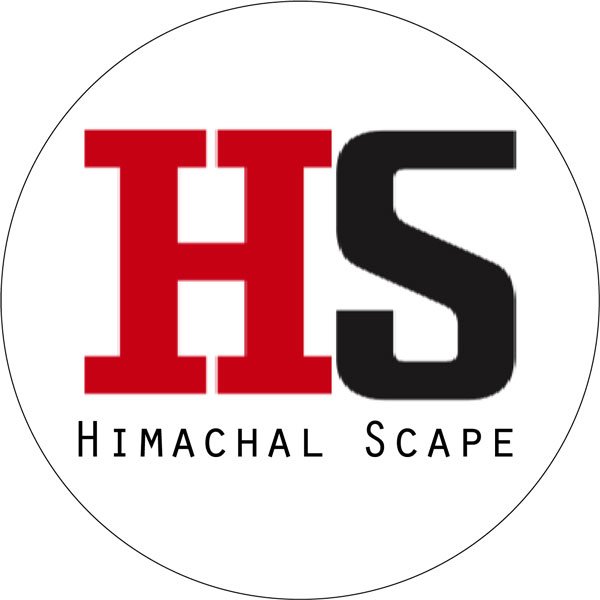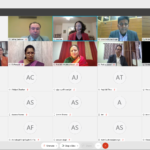Shimla, Oct 23
First of its kind Geological laboratory was set up in Leh Ladakh displaying various rocks collected by Dr Ritesh Arya Geologist alumini from Panjab University Chandigarh and Guinness world record holder for exploring and developing groundwater resources with artesian conditions at highest altitudes.
Speaking on the occasion he addressed the students of BVN school Choglamsar and informed them about the rock specimens displayed.
He informed that Leh Ladakh geologically represents a mega Geological event in the evolution and upliftment of the Himalayas. The Indus river represents the suturing of Tethyan sea sediments (which was separating India and Tibet plate more than 20 million years ago) with the Batholiths of Ladakh.
The sediments South of Indus Suture Zone represents the remnants of Tethyan sea and dominantly consists of splintery green shales full of marine fossils and sandstone and siltstone shale sequence which yield good amount of plant fossils and tree stems
The sedimentary sequence exposed in Stok reveal interesting phases of closure of Tethys sea and evolution of landforms.
The fossils mollusks reveal an interesting age of 50 Million years, which can be equated with the fossils found from Subathu Formation in Type Section Subathu in Himachal Pradesh.
The north of Indus is represented by Ladakh Batholith which has been dated from 60 million years to 45 million years. These Batholiths are of Magmatic origin and have been formed below the surface of the earth more then 10- 20kms
Granite granodiorite diorite gabbro rocks were collected by him from various parts of Ladakh and displayed in the museum.
Addressing the students, he said that Ladakh is rich in mineral resources and there are large deposits of granite and limestone in the region which can be commercially developed to save on constructing material which is transported from 100s of kms.
Students were amazed to see how by seeing some boulders or gravels we can show that glaciers were present and can calculate their direction.
He said Khardungla glacier has receded more than 20 kms since last ice age and is today confined to the peaks. Need of the hour is to preserve these glaciers which are Life line of water for the Leh town..
We are destroying these glaciers in the name of clearing the roads by dozers and destroying our own water resources. By constructing tunnels from north and south pulu we can save the glaciers which are almost on the verge of extinction and also have all year connectivity with Nubra. Remember we will have water in Leh valley till these glaciers are there the moment the glaciers in Khardungla are gone all water sources including groundwater will be history, he added.
He also said that there is urgent need to create the geological labs in all schools in tune with science laboratory so that students can know about their local rocks and Thier importance in their day to day lives. The laboratory which is 1st of its kind was set up in Bhartiya Vidya Niketan Choglamsar
Gopal principal of the school was very kind to give the space in the science laboratory for setting up the museum and said that this is the best way to impart practical education about mother earth in the students.
Dr Ritesh Arya said that he is willing to set up these types of labs to all the schools across the country who are willing to provide space. He urged various Geological organisations and geologists to be part of this noble mission





